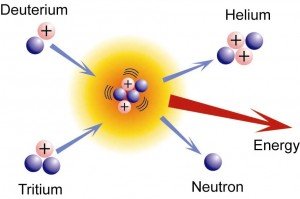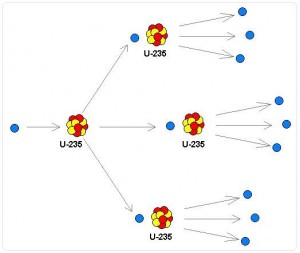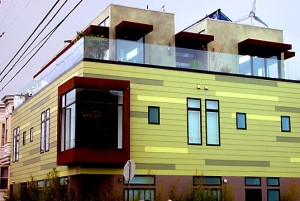Hello all—as this is my first blog post for Sustainable Schmidt. I am Nikos Buse, I am the new intern here at SRELP, and I have been working with Helmut for about a week and a half. I love it here—I am working in a field which inspires me, feeling like I can make a difference, and struggling to find my apparently elusive sense of humor. However, my boss, one Mr. Helmut Schmidt, has had no trouble appeasing his humorous inclinations, as evidenced by the work he has given me.
Faced with the youthful eagerness, intelligence, impressive work-ethic, and charm that I bring to work daily, he decided to assign me the task of improving how SRELP manages trash disposal. Doubtless he finds it funny in some sad way. However, as I can only play the cards I am dealt, instead of saving the world’s environmental issues and making Mr. Schmidt millions of dollars, I will instead put all of my talents and energy towards lessening our tenants’ reliance on garbage bins, and increasing their awareness and use of compost and recycling—saving my fortunate boss money in the process.
I need to implement composting at 3 locations (Clay Street, Bush Street, and Guerrero Street) and decrease garbage bin reliance at 4 locations (Pacific Ave, Carl Street, Post Street, and Bush Street). Unfortunately, this goal is complicated by the fact that all of these buildings are older—meaning that they provide less space for the placement of additional bins (for compost and recycling), and rely upon garbage chutes as the main form of waste removal. The latter problem is especially difficult to tackle, because, as Helmut and his sassy (but funny and amazingly talented) assistant John have informed me, some tenants might just dump all waste down the garbage chute and into the black garbage bin, for the sake of convenience.
Most recently, I have called Steven at SF Environment (to no response… which leaves me feeling like Rodney Dangerfield), with the goal of procuring a new 32 gallon compost bin and individual apartment sized bins for the residents of our building on Bush Street. I will also begin to check the volume of the trash there, to see if we can remove a garbage bin, and save SRELP some money. I am not sure how it will all work out, but I will keep you posted.
{ 2 comments }






